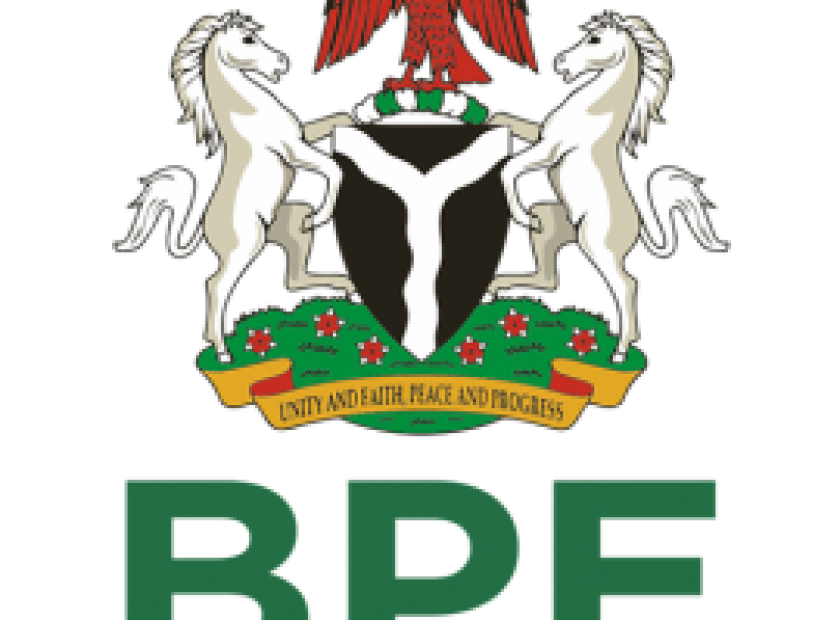Port Harcourt Refining Company Limited (PHRC)
COMPANY ADDRESS:
KM 2 Alesa Road, P.O. Box 585, Port Harcourt
Rivers State
Nigeria
COMPANY PROFILE
The Refinery Complex comprises two refineries at Alesa-Eleme near Port Harcourt in Rivers State.
Port Harcourt II (New Refinery) is a complex, conversion refinery with a nameplate distillation capacity of 7,500,000 MTA (150,000 bpd). It came on stream in 1988 and was originally intended to serve as an export refinery. It has been subsequently dedicated to domestic market service given frequent interruptions in supply from the other three refineries in Nigeria. Port Harcourt II has considerable clean fuel capability, including lead-free gasoline
EQUITY STRUCTURE
The Company has an authorized Share capital of N5 million, divided into 5 million Ordinary shares of N1 each. Preparatory to its privatisation, the Company is being incorporated as a separate business entity outside NNPC. This will lead to the creation of a new Capital structure for the company.
FACILITIES
The two refineries have two main facilities respectively- the main processing units and the utilities and tank farms.
Main Processing Units
| Old Refinery (PH I) | Unit | Capacity |
| Crude Distillation | CDU | 60,000 |
| LPG Unit | LPGU | 60 |
| Catalytic Reforming | CRU | 6,000 |
| New Refinery (PH II) | Unit | Capacity |
| Crude Distillation | CDU | 150,000 |
| Vacuum Distillation | VDU | 150,000 |
| Naptha Hydrotreating | NHU | 53,560 |
| Catalytic Reforming | CRU | 33,000 |
| Kerosene Hydrotreating | KHU | 14,500 |
| Catalytic Cracking | FCCU 40,000 | |
| LPG Merox 11,500 | ||
| Gasoline Merox 24,680 | ||
| Dimersol | DIM 4,850 | |
| HF Alkylation Unit | HFALK 7,020 | |
| Butane Isomerisation | BUT 3,610 |
UTILITIES
OLD REFINERY
The old Refinery has its own utilities and tank farm. The utilities consist of water boreholes, water treatment, cooling water tower, instrument air and steam boilers. The only utilities supplied from the new refinery are power and nitrogen by air. The old refinery is designed to generate its own gas as process fuel. However, this is generally supplied from processing LPG from storage through the LPG plant to provide sufficient gas to operate the old refinery.
NEW REFINERY
The new refinery consist of the following utilities:
| UTILITY | CAPACITY |
| Electricity – Steam Turbines | 4 X 4 MW |
| Steam Boilers | 4 X 120 t/hr @ 42.7 bar |
| Raw water treatment | |
| Cooling Water | 14,000 m3/hr |
| Demineralised water | 140 m3/hr |
| Nitrogen | 600 Nm3/hr |
| Instrument Air | 3 X 2, 500 Nm3/hr |
PRODUCT AND SERVICES
The Refinery is configured to produce various yields of the following crude oil products:
Crude Low Pour Fuel Oil (LPFO)
LPG High Pour Fuel Oil (HPFO)
Gasoline Fuel Gas
DPK AGO
PERFORMANCE OF THE ENTERPRISE
The combined capacity of the two refineries is 210,000 barrels per day. The old refinery was designed to process 60,000 b/d of TNP, a blend of Medium Nigerian Crude oil, whilst the new refinery is capable of processing third party crude oil.
Recent processing performance is much below design capabilities in terms of both refinery throughput and the yield of a higher valued product slate. The refinery has seldom operated above 50% of design capacity and the 1990’s saw a gradual decline in refinery throughput with proportionately increasing yields of lower value fuel oil product. Following the Turn Around maintenance carried out in 2000, throughput improved its level of performance. Until 1995, the yield performance of the refinery was in line with design. The design expectations were 33% gasoline, 42% middle distillate with just 19% fuel oil and 5% for fuel loss, plus 1% LPG.
Poor maintenance of facilities and inadequate manpower has over the years been the major reason for epileptic performance of the refinery. With a capacity to refine 210,000 barrels per day out of the local capacity of 450,000 the refinery, if well operated, will cater for the large market existing for petroleum products in Nigeria and West Africa.
INCOME, PROFIT, TAX
| 1999
|
2000 | 2001 | 2002 | 2003 | |
| N’ 000 | N’ 000 | N’ 000 | N’ 000 | N’ 000 | |
| Income | 7,398,076 | 4, 608, 415 | 8,898,535 | 7,466, 429 | 3,353,096 |
| Profit/(Loss) Before Tax | 2,590,730
|
(1,823,231) | (4,396,442) | (1,106,070 | (4,162,162) |
| Taxation | (186,281) | (8,671) | (10,500) | (16,559) | (4,182) |
| Dividend | – | – | – | – | – |
| Retained Profit/(Loss) | 2,404,449 | (1,823,231) | (4,396,442 | (1,122,629 | (4,166,344 |
PROSPECTS
The Refinery operating at 90 – 95% capacity and with current crude prices is expected to recoup its investment and make profits in just a few years of operations.



